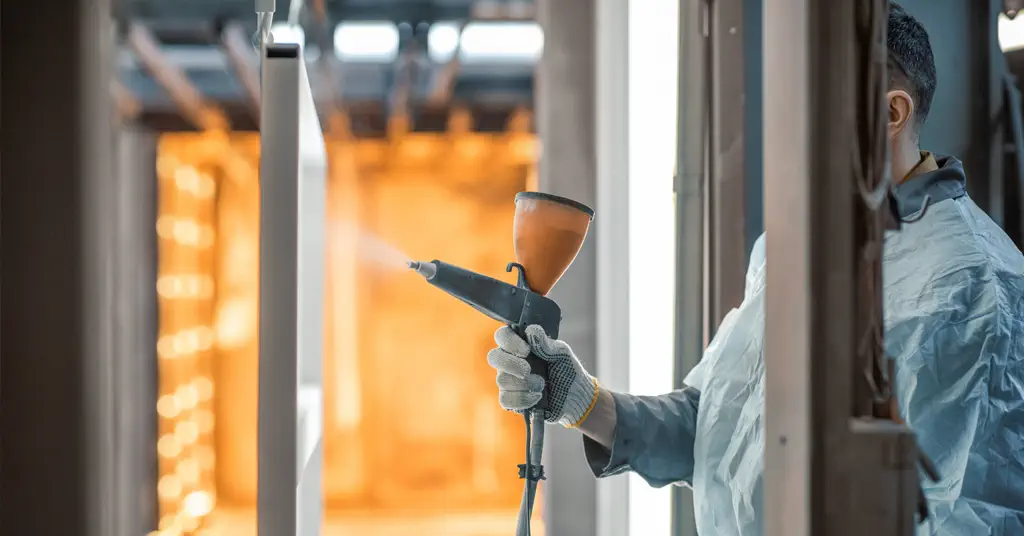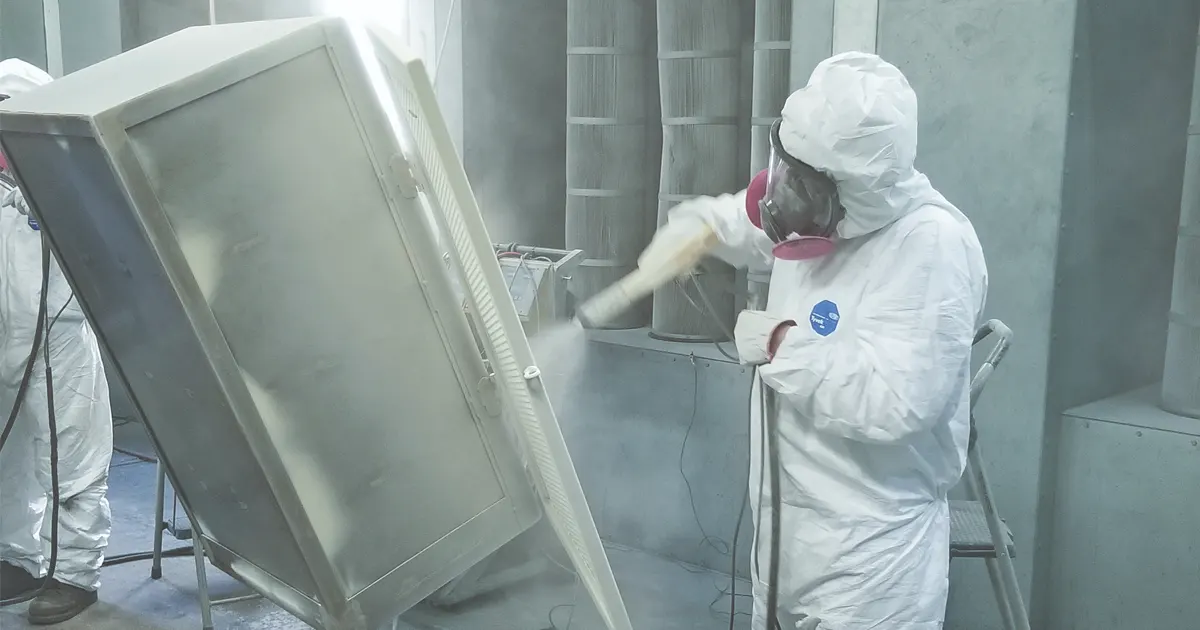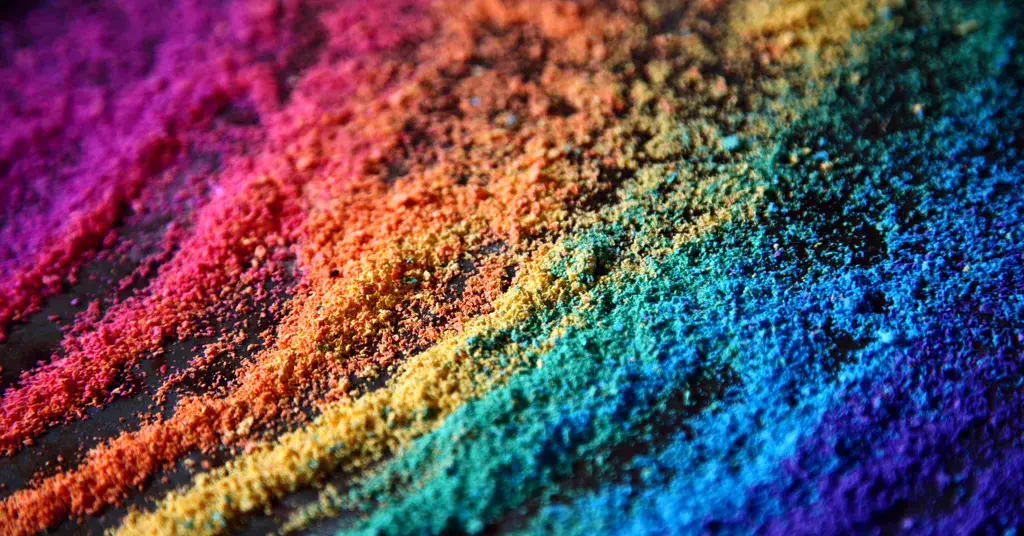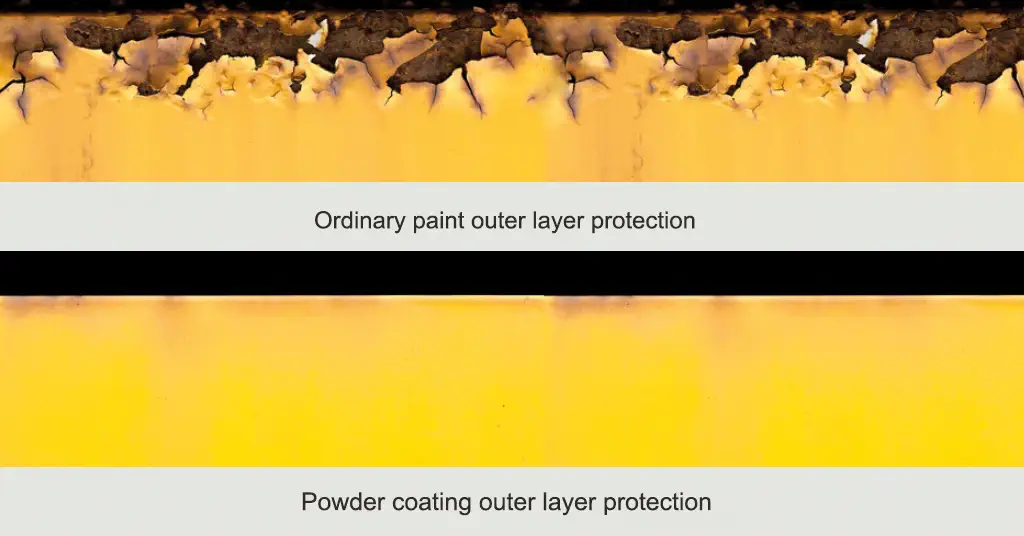How to optimize epoxy powder to improve corona resistance?
Corona discharge, a partial electrical breakdown in high-voltage systems, can degrade insulation, leading to component failure in applications like transformers, motors, and switchgear. Epoxy powder coatings, valued for their high dielectric strength and durability, are often used to insulate such systems, but standard formulations may not fully resist corona effects. This article provides a comprehensive guide on optimizing epoxy powder coatings to enhance corona resistance, covering formulation, application, and testing strategies. Designed for engineers, manufacturers, and electrical professionals, it offers practical insights to improve insulation performance and extend component lifespan.
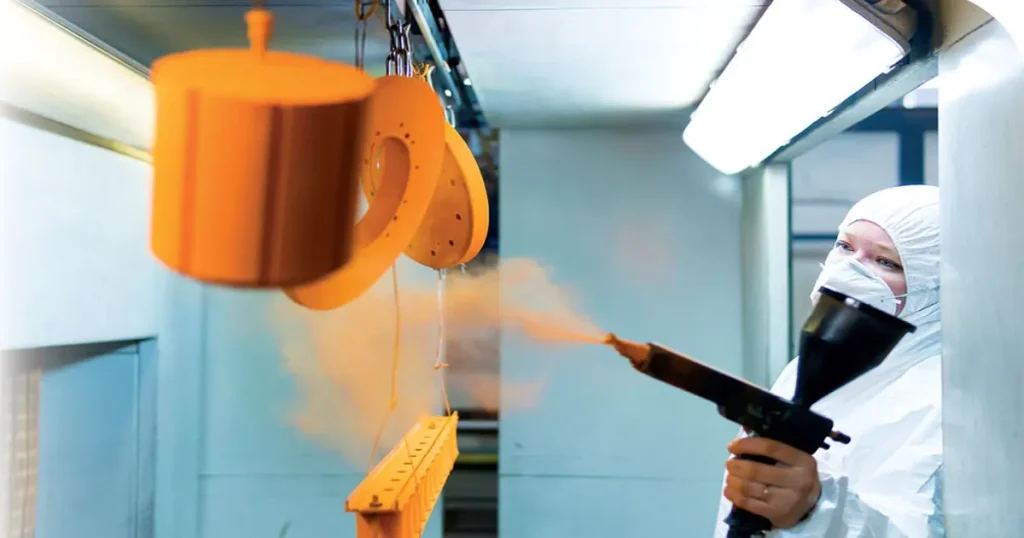
What Is Corona Discharge and Why It Matters?
Corona discharge occurs when a high electric field ionizes the surrounding air, creating a faint glow, ozone, or electrical noise. In electrical systems operating above 1 kV, corona can:
- Erode insulation, reducing dielectric strength.
- Generate heat, accelerating material degradation.
- Produce ozone and nitric acid, corroding components.
- Cause electromagnetic interference, disrupting system performance.
Epoxy powder coatings with high corona resistance minimize these effects, ensuring reliability in high-voltage applications like busbars, motor windings, and EV battery packs. Optimizing these coatings is critical to prevent premature failures and enhance safety.
Understanding Corona Resistance in Epoxy Powder Coatings
Corona resistance refers to a coating’s ability to withstand prolonged exposure to partial discharges without degrading. Standard epoxy powders offer dielectric strengths of 10–50 kV/mm, but corona resistance depends on additional factors like formulation, thickness, and surface integrity. Optimized coatings reduce the initiation and propagation of corona by:
- Minimizing voids or defects that concentrate electric fields.
- Enhancing resistance to ozone and chemical byproducts.
- Maintaining dielectric properties under high-voltage stress.
Strategies to Optimize Epoxy Powder for Corona Resistance
1. Enhance Epoxy Formulation
- High Cross-Linking Density: Use resins with increased cross-linking to create a denser, more robust coating that resists electrical and chemical degradation. For example, bisphenol-A epoxies with advanced curing agents improve corona resistance.
- Corona-Resistant Fillers: Incorporate fillers like mica, silica, or alumina to reduce electric field concentrations and enhance thermal conductivity, dissipating heat from corona activity.
- Ozone-Resistant Additives: Add antioxidants or UV stabilizers to protect against ozone and nitric acid produced by corona discharge.
- Low Permittivity Resins: Select resins with lower dielectric constants (e.g., <3.5) to reduce electric field stress and corona initiation.
Example: SolEpoxy’s DK15-0907, formulated with mica fillers, improves corona resistance by 30% in 15 kV busbar tests compared to standard epoxies.
2. Optimize Coating Thickness
- Balanced Thickness: Apply coatings at 500–1,500 µm for high-voltage applications to provide sufficient insulation while minimizing voids. Ultra-thick coatings (>2,000 µm) may trap air, increasing corona risk.
- Uniformity: Ensure even thickness to prevent thin spots where corona can initiate. For instance, a 500 µm coating with a 100 µm thin spot may fail at 3 kV instead of 15 kV (at 30 kV/mm).
- Multi-Layer Application: Use multiple thin layers (e.g., 2 × 250 µm) via electrostatic spraying to reduce defects and enhance corona resistance.
Best Practice: Use fluidized bed dipping for thicker coatings or automated electrostatic spraying for uniform layers, verified with thickness gauges.
3. Improve Surface Preparation
- Cleaning: Remove oils, oxides, or contaminants using chemical degreasers or solvents to ensure strong adhesion and defect-free coatings.
- Abrasive Blasting: Create a surface roughness of 2–4 µm Ra to enhance mechanical bonding, reducing delamination risks under corona stress.
- Primers: Apply corona-resistant primers (e.g., epoxy-based with zinc phosphate) on metals like copper or aluminum to improve adhesion and chemical resistance.
4. Refine Application Techniques
- Electrostatic Spraying: Ideal for thin, uniform coatings (200–500 µm) on complex geometries like motor windings, minimizing voids that trigger corona.
- Fluidized Bed Dipping: Suitable for thicker coatings (1,000–1,500 µm) on busbars, requiring preheating to 200–220°C for seamless coverage.
- Controlled Environment: Apply coatings in cleanrooms with <50% RH to prevent moisture or dust entrapment, which can create corona initiation points.
Tip: Use automated spraying systems to ensure consistent application, reducing human error and improving corona resistance.
5. Optimize Curing Process
- Precise Curing: Cure at 150–200°C for 10–20 minutes to achieve a dense, cross-linked structure that resists corona-induced degradation.
- Avoid Over-Curing: Excessive temperatures (>220°C) can embrittle coatings, increasing cracking risks under electrical stress.
- Verify Curing: Use differential scanning calorimetry (DSC) or dielectric strength tests to confirm complete curing and corona resistance.
Example: CAPLINQ’s Hysol DK Series, cured at 180°C, showed a 20% improvement in corona inception voltage (CIV) compared to under-cured samples.
6. Incorporate Testing and Quality Control
- Corona Inception Voltage (CIV) Testing: Measure the voltage at which corona begins using partial discharge testers (e.g., Omicron MPD 600) to validate coating performance.
Accelerated Aging Tests: Simulate corona stress with high-voltage, high-frequency tests (e.g., 10 kV at 50 Hz per IEC 60343) to assess long-term resistance.
- Dielectric Strength Tests: Use testers like Megger MIT525 to confirm breakdown voltage (e.g., >15 kV for 500 µm at 30 kV/mm).
- Visual Inspection: Check for voids, pinholes, or cracks using microscopy or UV fluorescence to identify corona-prone defects.
Best Practice: Conduct CIV tests post-application and after 1,000 hours of accelerated aging to ensure sustained corona resistance.
Applications Requiring High Corona Resistance
Epoxy powders optimized for corona resistance are critical in:
- Transformers: Insulate windings to prevent corona-induced erosion at 10–38 kV.
- High-Voltage Motors: Protect stator coils from partial discharges in industrial drives.
- Busbars and Switchgear: Ensure reliable insulation in power distribution systems at >15 kV.
- EV Battery Packs: Minimize corona in high-voltage busbars (400–800V) to enhance safety.
- Aerospace Electronics: Insulate components under high-altitude conditions where corona risk increases.
Benefits of Optimized Epoxy Powders for Corona Resistance
- Extended Component Lifespan: Reduces insulation erosion, improving reliability in high-voltage systems.
- Enhanced Safety: Minimizes arcing and fire risks caused by corona-induced failures.
- Improved Efficiency: Lowers electrical losses from partial discharges, boosting system performance.
- Environmental Resistance: Protects against ozone, moisture, and chemicals produced by corona.
- Cost Savings: Prevents costly downtime and repairs due to insulation failures.
- Versatility: Suitable for complex geometries like motor windings or busbars with bends.
Limitations and Considerations
- Cost: Corona-resistant formulations with specialized fillers or additives are more expensive than standard epoxies.
- Application Complexity: Requires precise surface preparation, application, and curing to avoid defects.
- Thermal Limits: Most epoxies are limited to 155–200°C (Class F/H), unsuitable for extreme heat (>550°C) where silicone coatings excel.
- Testing Requirements: Validating corona resistance demands specialized equipment and expertise, increasing development costs.
- Mitigation: Balance cost and performance by selecting formulations tailored to specific voltage and environmental needs, and invest in quality control to ensure reliability.
Comparison with Other Insulation Materials
| Material | Corona Resistance | Dielectric Strength | Key Advantages | Key Limitations |
|---|---|---|---|---|
| Epoxy Powder Coating | High (with optimization) | 10–50 kV/mm | Durable, versatile, cost-effective | Limited to 200°C, needs precise application |
| Silicone Coating | Excellent | 5–20 kV/mm | High temp (550°C), flexible | Lower dielectric strength, higher cost |
| Polyimide Film | Excellent | 100–300 kV/mm | Ultra-thin, high corona resistance | Expensive, complex application |
| Ceramic Coating | Moderate | Varies | Extreme temp resistance | Brittle, poor adhesion, costly |
| Optimized epoxy powders offer a balanced solution for corona resistance in high-voltage applications, outperforming silicone in dielectric strength and rivaling polyimide in cost-effectiveness. | ||||
Top Epoxy Powder Manufacturers for Corona Resistance
| Manufacturer | Product Line | Dielectric Strength | Corona Resistance Features | Key Applications |
|---|---|---|---|---|
| SolEpoxy | DK15-0907 | 30 kV/mm | Mica fillers, high cross-linking | Busbars, EV batteries |
| PPG Coatings | Corvel Series | 25–35 kV/mm | Ozone-resistant additives | Transformers, motors |
| CAPLINQ | Hysol DK Series | 20–35 kV/mm | Low permittivity, durable | Switchgear, PCBs |
| ThreeBond | TB Series | 15–30 kV/mm | Flexible, chemical-resistant | Aerospace electronics |
FAQ: Optimizing Epoxy for Corona Resistance
Systems above 1 kV, especially >10 kV, like transformers or EV busbars, benefit from corona-resistant coatings.
Voids concentrate electric fields, lowering corona inception voltage and accelerating degradation.
Standard epoxies offer moderate resistance but degrade faster without specialized fillers or additives.
Use partial discharge testers to measure corona inception voltage (CIV) and accelerated aging tests to assess durability.
Conclusion
Optimizing epoxy powder coatings for corona resistance involves enhancing formulations with fillers and additives, controlling thickness and uniformity, and refining surface preparation and curing processes. These strategies minimize partial discharges, extending the lifespan of high-voltage components like transformers, busbars, and EV battery packs. By selecting corona-resistant epoxies, applying them precisely, and validating performance with rigorous testing, manufacturers can ensure safety, reliability, and efficiency.

Erik
Doctor of Chemical Engineering, expert in the field of powder coatings, with over 20 years of professional experience in the research and application of powder coatings
Have Anything To Ask Us?
